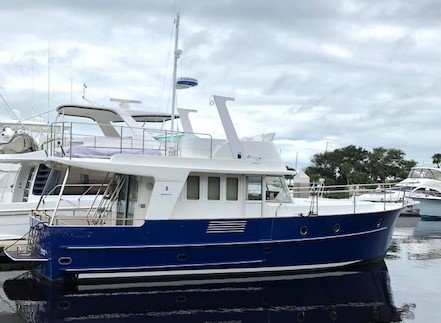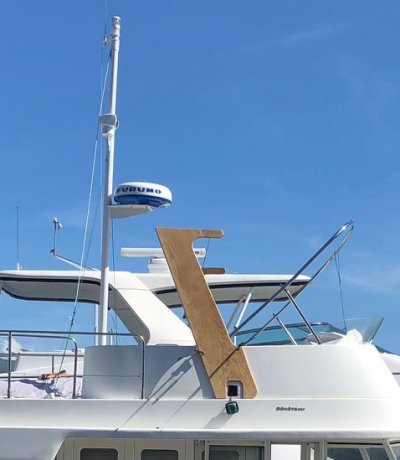jbinbi
Senior Member
Looking at a ST 44. I haven't seen anything about anyone putting solar panels on them? Coming from a sailboat, everyone is trying to cram as much solar on as possible!
I don't know if more sailboats are at moorings vs. dock where they are plugged in, but I had 550 W of solar , was on a mooring, and that let me leave my fridge running the whole week while I wasn't there. On sunny days, it also recharged me while I sailed, of course for a ST you are recharging while going so no big deal about the solar for that. But if you are on the hook for 3 days, the only thing you need to run the genny for is the AC. If you don't need AC, you are silent.
So anyone putting solar on their ST or am I barking up the wrong tree?
I don't know if more sailboats are at moorings vs. dock where they are plugged in, but I had 550 W of solar , was on a mooring, and that let me leave my fridge running the whole week while I wasn't there. On sunny days, it also recharged me while I sailed, of course for a ST you are recharging while going so no big deal about the solar for that. But if you are on the hook for 3 days, the only thing you need to run the genny for is the AC. If you don't need AC, you are silent.
So anyone putting solar on their ST or am I barking up the wrong tree?


